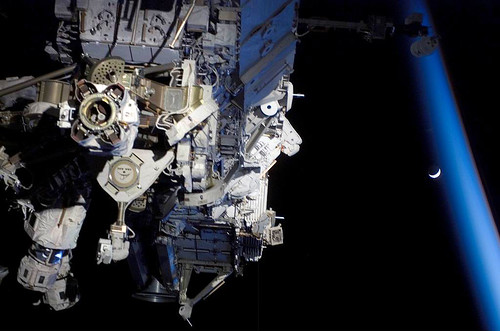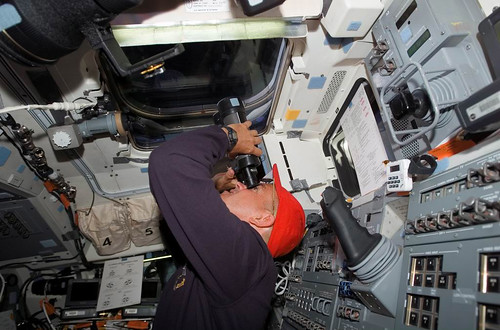A common anecdote about Ramanujan relates to the number 1729. Hardy arrived at Ramanujan's residence in a cab numbered 1729. Hardy did not think highly of Ramanujan's interest in recreational mathematics, and so commented that the number 1729 seemed to be uninteresting. Ramanujan is said to have stated on the spot that it was actually a very interesting number mathematically, being the smallest number representable in two different ways as a sum of two cubes:
In mathematics, the nth taxicab number, typically denoted Ta(n) or Taxicab(n), is defined as the smallest number that can be expressed as a sum of two positive cubes in n distinct ways, up to order of summands.
G. H. Hardy and E. M. Wright proved in 1954 that such numbers exist for all positive integers n, and their proof is easily converted into a program to generate such numbers.
However, the proof makes no claims at all about whether the thus-generated numbers are the smallest possible and is thus useless in finding Ta(n).
So far, the following six taxicab numbers are known:










































